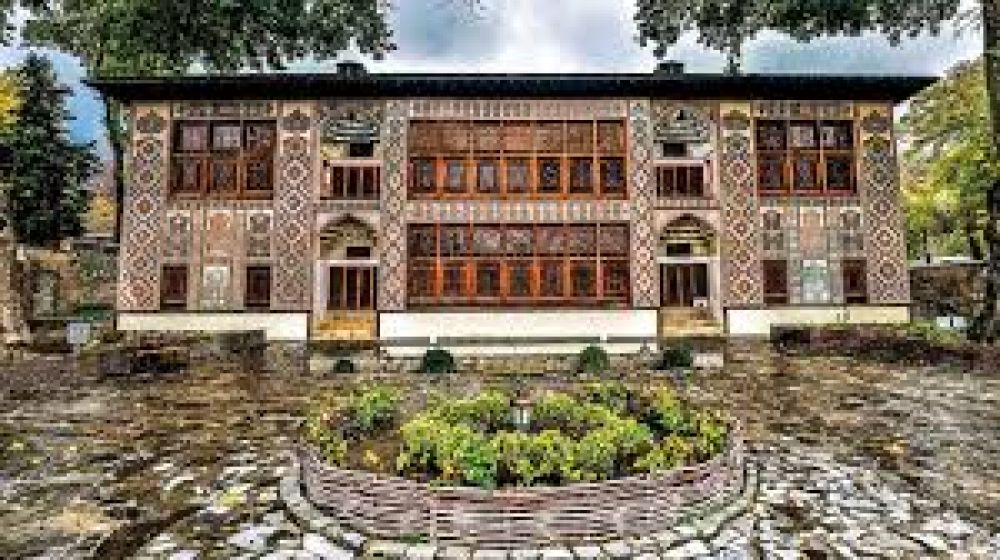

Nestled in the picturesque city of Sheki, at the foothills of the Greater Caucasus mountains, the Sheki Khan's Palace is one of Azerbaijan's most treasured landmarks. Embodying the zenith of the Khanate's architectural ingenuity, the palace was constructed in 1762 under the rule of Hussein khan, who was renowned for his love of art and culture. The palace served as a summer residence for the Sheki Khans and is a quintessential example of the Azerbaijani architectural tradition in palatial designs.
Tourism in Sheki, particularly to the Khan's Palace, began gaining momentum as travel barriers lessened and as Azerbaijan embraced its cultural heritage as a source of national pride and an economic asset. Visitors were drawn to the unique architectural style of the palace, which is adorned with intricate frescoes and outstanding Shebeke (stained-glass windows) crafted without the use of nails or glue. Following Azerbaijan's independence in 1991, there was a substantial influx of tourists curious to explore the newly accessible cultural treasures of the nation.
Recognizing the growing interest in the palace, preservation efforts intensified to maintain the integrity of its original design while accommodating tourists. These efforts paid off as the Sheki Khan's Palace was inscribed on the UNESCO World Heritage list in 2019, cemented as an invaluable cultural artifact not just for Azerbaijan but for the world.
In recent years, the trend in tourism points towards experiential and cultural travel, with visitors seeking to immerse themselves in local customs and heritage. The city of Sheki, and by extension the Sheki Khan's Palace, has greatly benefited from this trend. Tourists are increasingly engaged in activities like attending traditional Azerbaijani music performances, participating in Shebeke art workshops, and enjoying local cuisine. Sustainable tourism is also taking hold, with initiatives to preserve the natural and cultural integrity of Sheki while fostering economic development.
Today, the Sheki Khan's Palace stands not only as a beacon of historical significance but also as a testament to Sheki's ongoing allure as a travel destination. Visitors can explore the beautifully landscaped gardens, marvel at the miraculous construction of the Shebeke windows, and transport themselves back to an era of khanate elegance. Adjacent to the palace, the Karavansaray, or Caravanserai, offers a glimpse into the bustling trade history of the Silk Road, further enhancing the tourist experience in Sheki.